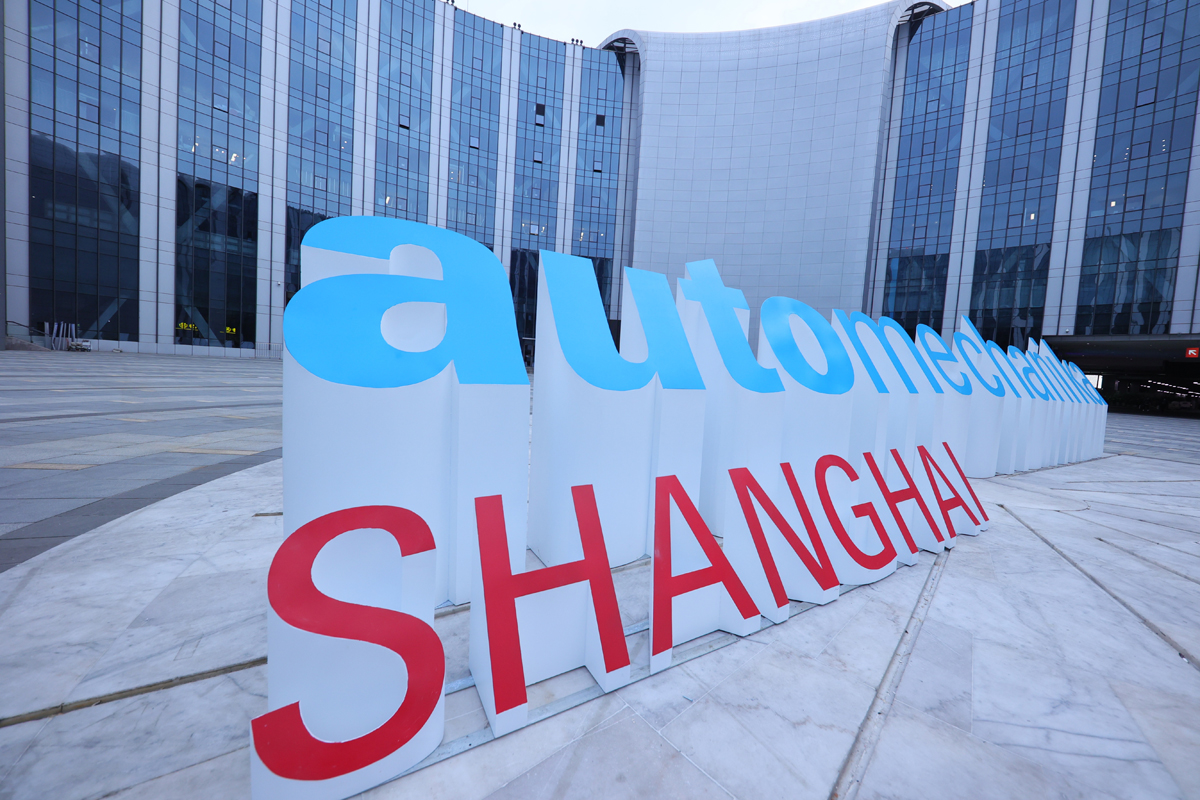This includes weaving green transformation, connected mobility, new infrastructure, autonomous driving and other emerging technologies into business operations

Automechanika Shanghai breaks down China’s 14th Five Year Plan 2021 – 2025 (FYP) and what it means to players in the automotive ecosystem. The country’s latest economic and developmental strategy sees the automotive industry become a key driver of growth and industrial upgrade. It presents the critical long-term prospects of implementing new business models, sustainable solutions and technological advancements. It also approaches ‘dual circulation’ as a means to tap into domestic demand and export activities. In the year leading up to November 24-27, 2021, the internationally acclaimed fair will explore these new dimensions indicated by the 14th FYP.
Earlier in the year, China set out its 14th FYP centred on optimising the country’s overall economic system. In accordance with initiatives outlined, the nation’s economy expects to grow an average of 4% during this period. It places more emphasis on innovation, environmental protection, opening up the market and resource sharing. Through this, the country aims to establish a model that delivers more high-quality products, services and technologies to the market.
The automotive industry, therefore, holds significant value in the country’s 14th FYP as its established ecosystem provides a solid foundation for transformation and upgrade. Production in China is already strong with 25.225 million vehicles manufactured last year; however, the plan draws attention to transformational initiatives like the ‘four new modernisations’ (electrification, intelligence, connectivity and sharing). In fact, Automechanika Shanghai actively incorporates this concept in the tomorrow’s service and mobility sector. It aims to fuel industrial modernisation across the industry, and ultimately, bolster the country’s position as a global manufacturing powerhouse.
This includes weaving green transformation, connected mobility, new infrastructure, autonomous driving and other emerging technologies into business operations. Furthermore, the 14th FYP aims to stimulate new energy vehicle market shares across China to account for 20% of sales by 2025. Accordingly, the country will continue to invest in infrastructure like public charging facilities to increase the accessibility and incentivise purchasing. Elsewhere, as a supporting strategy, the dual circulation policy opens up opportunities in China’s hyper-sized consumer market. It refers to inner circulation (domestic) as the mainstay, with both inner and outer (international) circulations reinforcing one another.
To illustrate, moving to the first quarter of 2021, the country imported USD 22.74 billion worth of automotive-related products, while exporting a value of USD 24.10 billion at the same time, a year-on-year increase of 35% and 53.1%, respectively. This movement of goods is also filtering into wider market segments for logistics, a point that the show heavily covers with over 50% of exhibitors offering solutions for commercial vehicles, new energy commercial vehicles, fleet management and associated repair and maintenance. Therefore, dual circulation is championing the digitalisation and integration of supporting industries in the automotive supply chain, which is also a key premise of the services and supply chain zone. This includes adapting business models to include heightened collaboration with the likes of research and development, data management, technology, finance and e-commerce to increase operational efficiency and effectiveness.